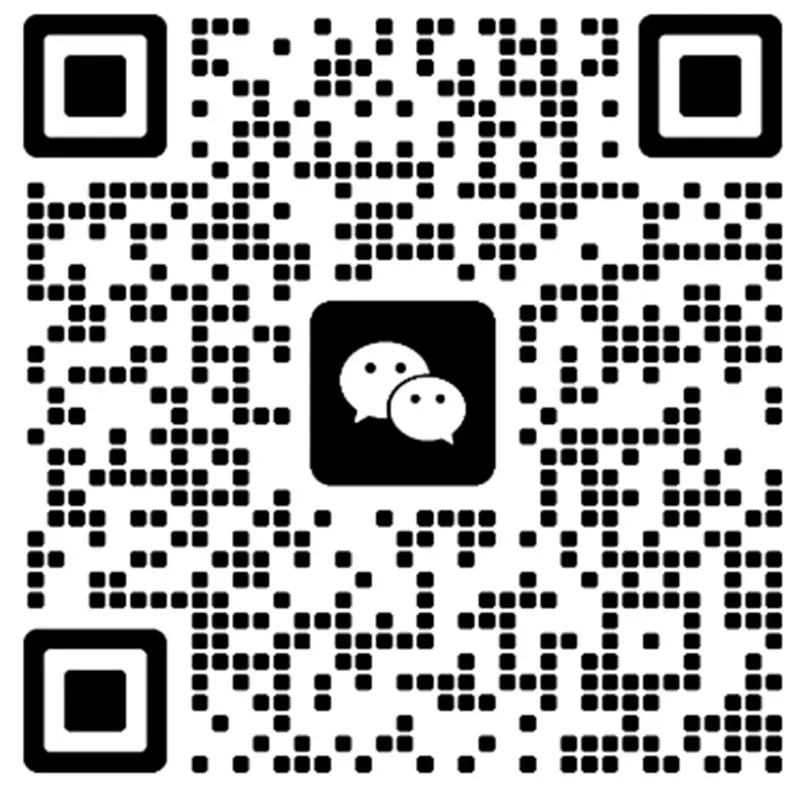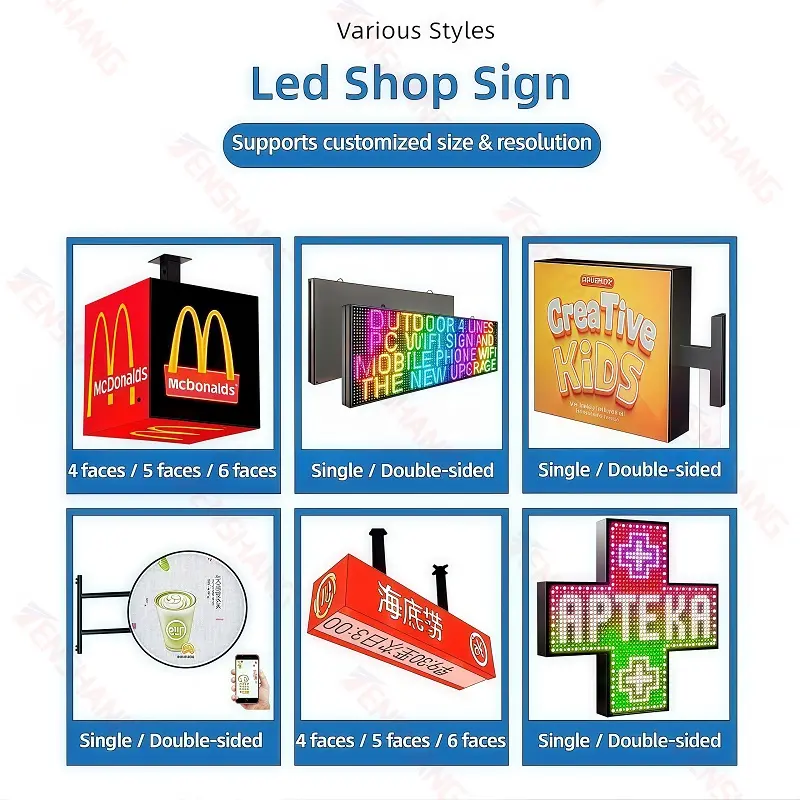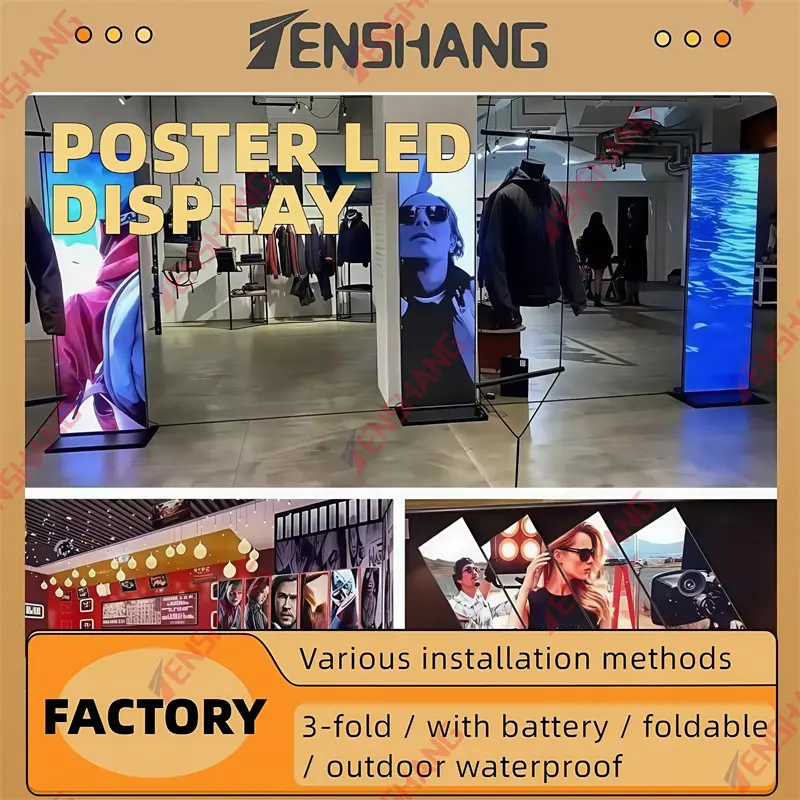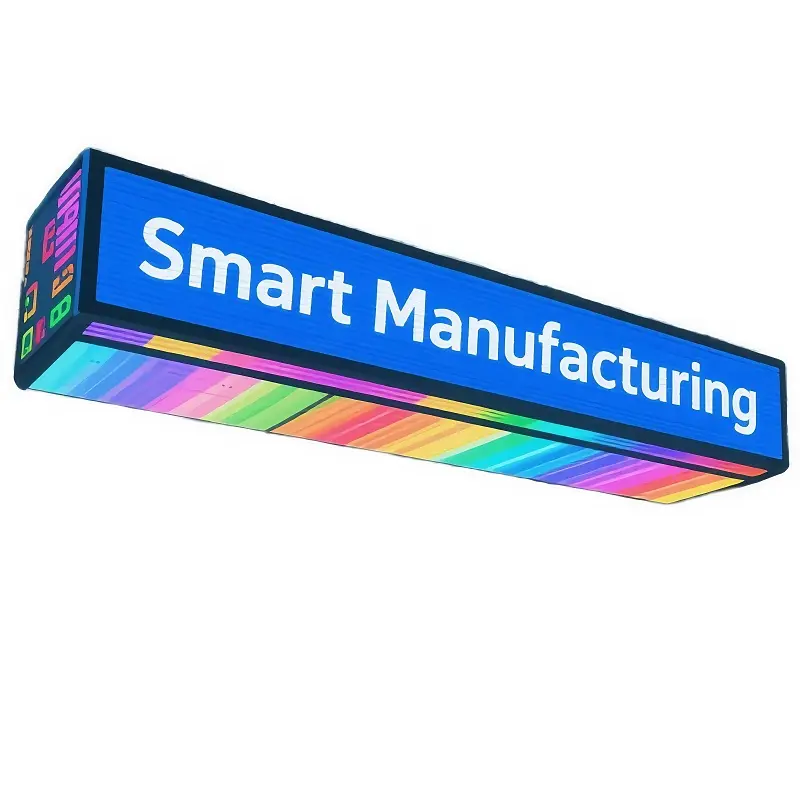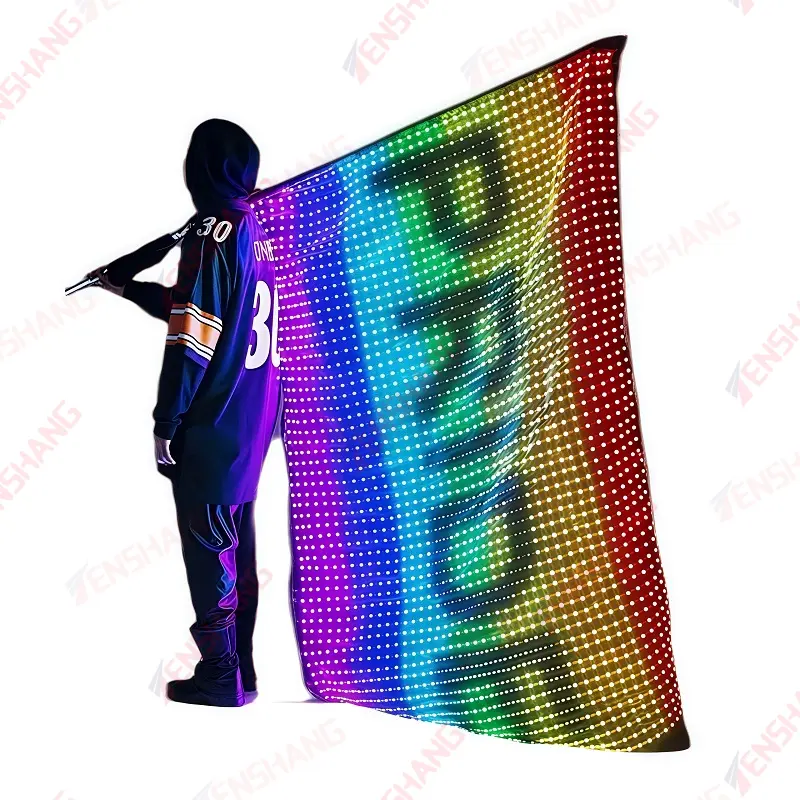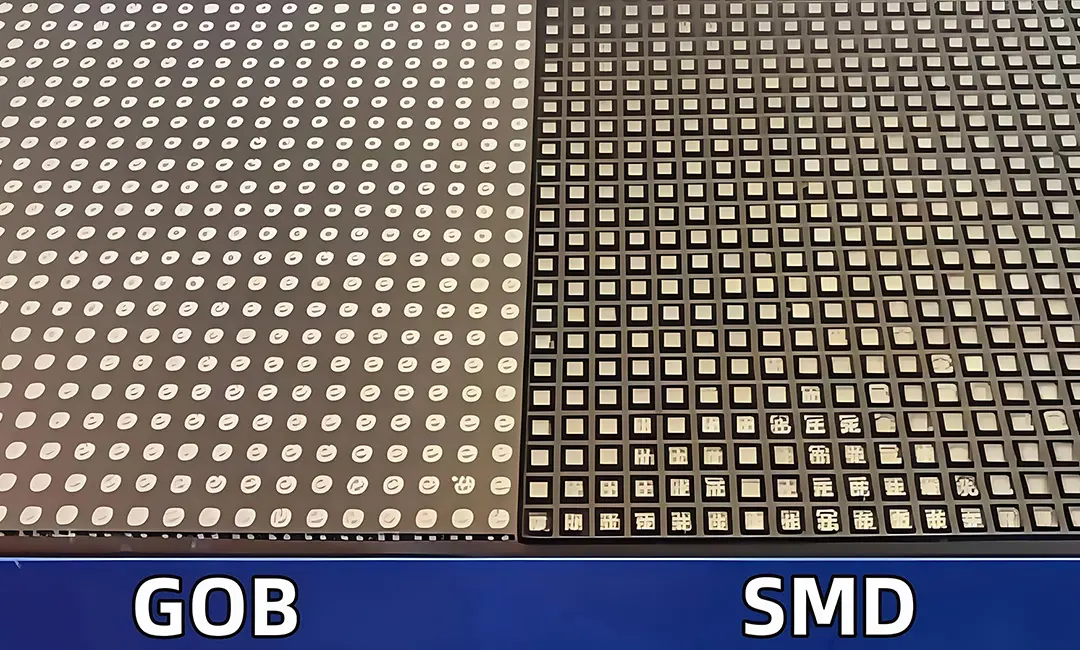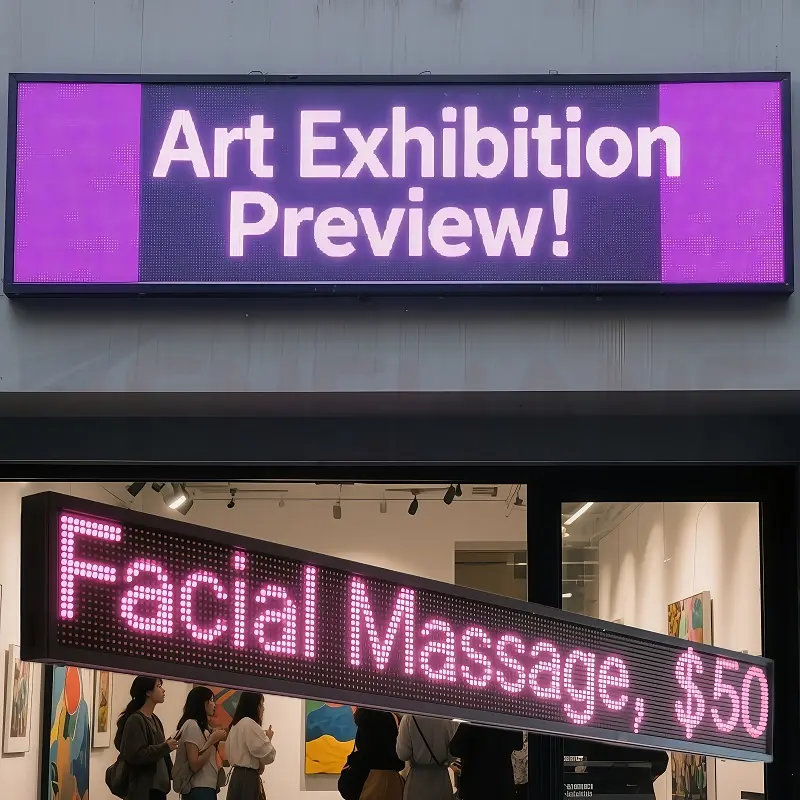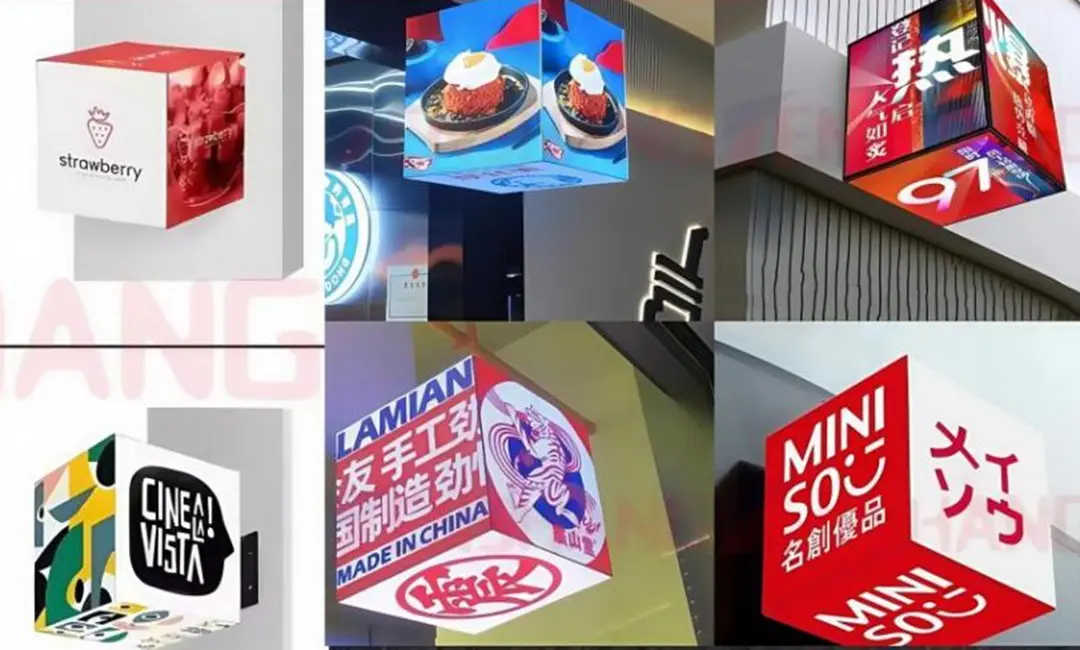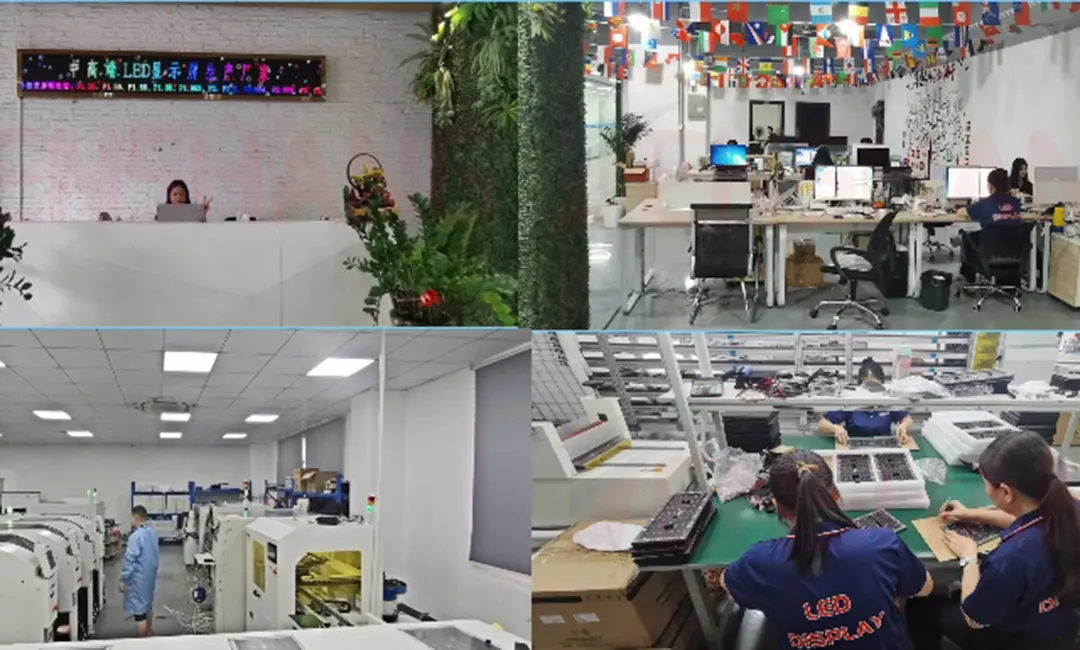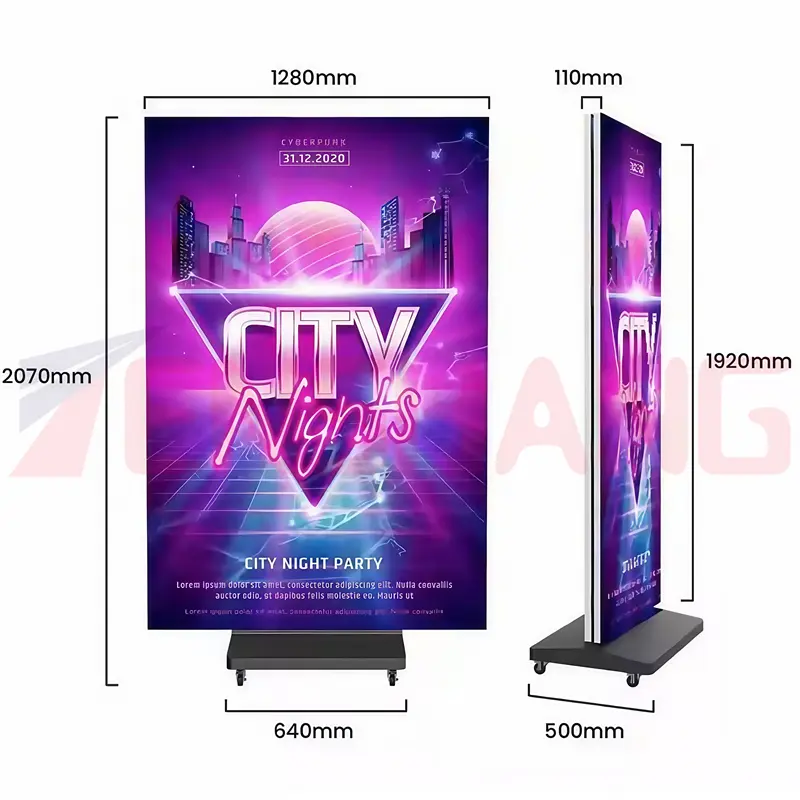How to choose the suitable size and resolution bar led sign for your shop?
In recent years, Led Display products have been rapidly popularized and applied, andled sign boards have become a tool for stores to attract customers. So how to choose an led signs for businesssuitable for your own store? Selecting the right size and resolution for an outdoor doorhead screen requires comprehensive consideration of factors such as the installation environment, viewing distance, content needs, and budget. The following is a detailed decision-making framework and practical suggestions prepared by TENSHANG for you:
1. Determine the installation location and space constraints
◊ Width and height: Determine the screen size according to the actual available area of the store's doorhead (for example, common horizontal screens have a width of 3-8 meters and a height of 0.5-1.5 meters; vertical screens have a width of 0.8-1.2 meters and a height of 2-4 meters).
◊ Installation methods:
• Embedded type: The screen is flush with the doorhead frame, and heat dissipation space needs to be reserved, which is suitable for stores pursuing an integrated design.
• Hanging type: Fixed above the doorhead through brackets, attention should be paid to load-bearing safety, which is suitable for places with high floor height.
• Special-shaped screen: Such as arc-shaped, circular, etc., which need customized design, suitable for brand image stores or scenes that need to highlight creativity.
2. Environmental lighting conditions
◊ Strong light areas (such as street-front without shelter, sunny side): Priority should be given to high-brightness LED screens (brightness ≥ 5000cd/m²) to avoid blurred images caused by direct sunlight.
◊ Semi-shady or indoor-outdoor transition areas: Low-brightness LED screens (brightness 3000-3500cd/m²) can be considered to reduce power consumption and costs.
3. Choose resolution according to viewing distance
Resolution (pixel density) directly affects the clarity of the picture and needs to be calculated based on the optimal viewing distance between the audience and the screen:
◊ Core formula: Optimal viewing distance (meters) ≈ pixel pitch (mm) × 3
• Pixel pitch: The distance between the centers of adjacent LED beads on the LED screen. The smaller the value, the higher the resolution (such as P2.5, P3, P5, etc.).
◊Balance between resolution and cost
• High resolution (such as P2.5-P4): Suitable for close viewing, with delicate pictures (such as displaying product details, high-definition posters), but the cost is higher (the price per square meter is 30%-50% higher than that of P10).
• Low resolution (such as P6-P10): Suitable for long-distance viewing, with high cost performance, but there may be a grainy feeling when playing text or small-sized pictures.
4. Content type and display needs
◊ Video vs. graphics and text as the main content
• Mostly video / dynamic content: Higher resolution (such as P4 and below) is required to avoid blurring of dynamic pictures; it is recommended to use a 16:9 widescreen ratio (such as 1920×1080) to adapt to mainstream video formats.
• Mostly graphics / subtitles: The resolution requirement can be reduced (such as P5-P8), and priority should be given to ensuring that the text size is clear (the height of a single character is ≥ 20 pixels).
◊ Optimization of text readability
• Font size calculation: Viewing distance (meters) × 3 = character height (cm). For example, to see the text clearly from 10 meters away, the character height must be ≥ 30 cm (corresponding to about 150 pixels in height on the screen).
• Avoid content clutter: When the resolution is limited, reduce complex patterns and give priority to highlighting core information (such as promotional numbers, brand logos).
5. Budget and long-term maintenance costs
◊ Initial cost composition
• Size impact: For each additional 1 square meter in area, the cost of the LED screen increases by 2000-5000 yuan (depending on the pixel pitch).
• Resolution premium: The unit price of P2.5 screens is about 50% higher than that of P10 screens.
◊Long-term use cost
• Energy efficiency: High-resolution LED screens (such as P2.5) have higher power consumption (about 800W/㎡), while low-resolution screens (such as P10) have a power consumption of about 300W/㎡
• Maintenance cost: Small-pitch screens (such as P2.5) are more difficult to repair; large-pitch screens (such as P10) are easier to maintain, with costs 30% lower.
In conclusion, you can choose a suitable customized size according to your budget and actual situation. If you find the calculation too complicated, don't worry. As an LED display manufacturer with rich experience, TENSHANG has extensive experience in recommending the most cost-effective LED display products to customers. Just tell our sales staff the size you need and the usage scenario, and we will recommend the most cost-effective product for you. Contact TENSHANG for a quotation!








